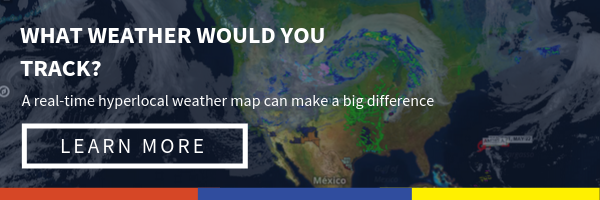Flood Safety Tips: What to do Before, During, and After
- Feb 22, 2017
The Importance of Flood Safety

Flash floods can happen in the blink of an eye and can be extremely damaging to homes, businesses, and communities. Our meteorologists gathered safety tips for you before, during and after the flood to ensure you’re doing all you can to protect yourself and your property.
Flood Safety Tips

There are steps you can take before, during and after a flood in order to best protect you and those around you.
Before the Flood
You should always be prepared for a flood emergency. Sometimes floods can knock out power. For this reason, it’s important to keep fuel and a generator handy so you can keep essential electrical appliances running. Flooding can also interrupt water services, so it’s important to store clean drinking water wherever you can. Make sure you have first aid supplies on hand as well as battery-powered radios and flashlights.
During the Flood
If a flood does occur, avoid areas that are subject to sudden flooding. Never try to drive over a flooded road. The depth of the water is not always obvious. You can easily get trapped or stranded on flooded roads, especially if the road is washed out underneath the water. Never enter flooded roads as live electrical wires could be in contact with the water.
After the Flood
Once the flood waters recede, check your supplies. If fresh food comes into contact with flood water, throw it out. Boil your drinking water before using it and ensure wells are pumped out and the water is tested. Report any broken utility lines to the appropriate authorities and don’t forget to check your building’s electrical equipment. If it was wet, it’s important to dry it before returning it to service. In the case your building was flooded, examine buildings with flashlights – Not lanterns. Flammable materials could be inside the building or the flood water and it’s important not to expose them to an open flame.
The Difference Between a Flood Watch and Warning

A point of confusion for many people is the difference between a flood or flash flood watch and a flood warning. Here’s a quick breakdown of the difference and how you should respond to each.
Flood Watch
A flood watch means it’s possible that heavy rains will cause flooding/flash flooding in your area.
- Be alert and prepared for a flash flood emergency
- Look for signs of flash flooding and be ready to evacuate, if necessary
- Watch for rising water levels
- Know where high ground is and be prepare
- Do not allow employees to park their vehicles along streams and washes
Flood Warning
A flood warning means that someone has reported flooding or flash flooding or it is imminent. You must act quickly in this situation. Seconds matter when it comes to protecting yourself and your coworkers.
- Go to higher ground immediately
- Get out of areas subject to flooding such as dips, low spots, canyons, washes and areas along streams and creeks
- Stay away from clogged storm drains and underpasses







